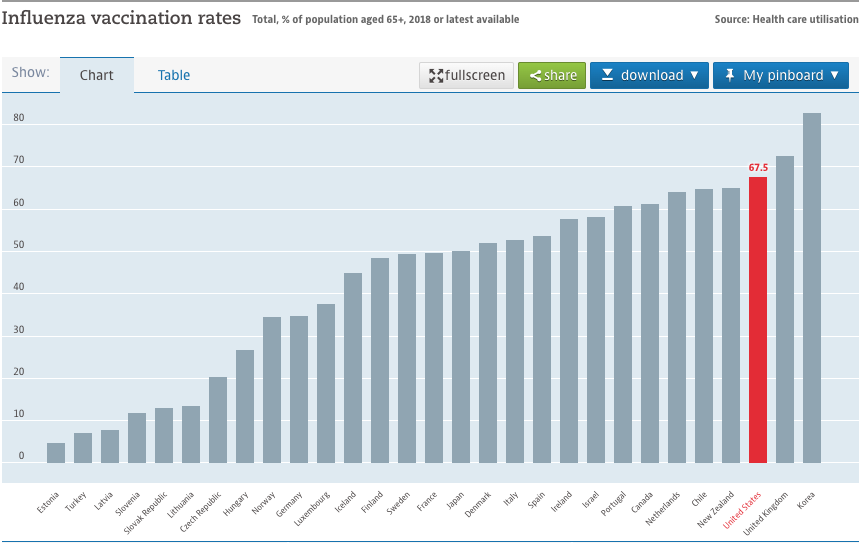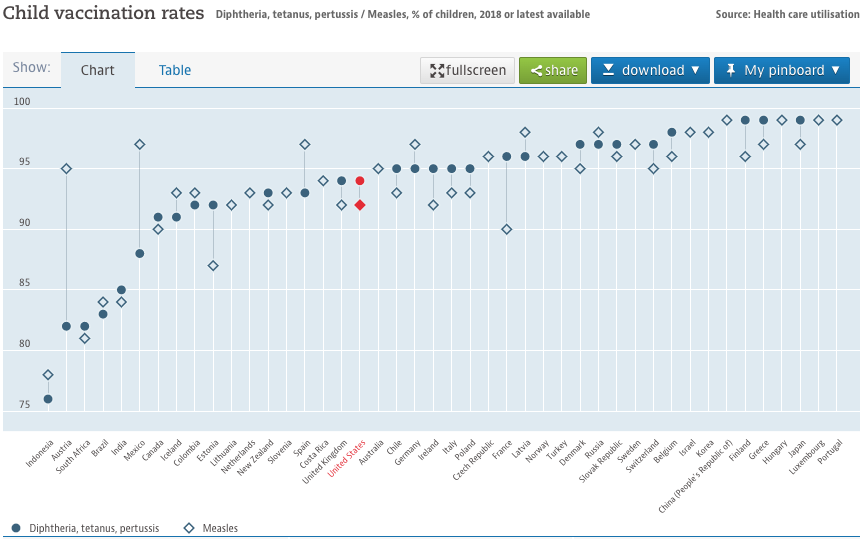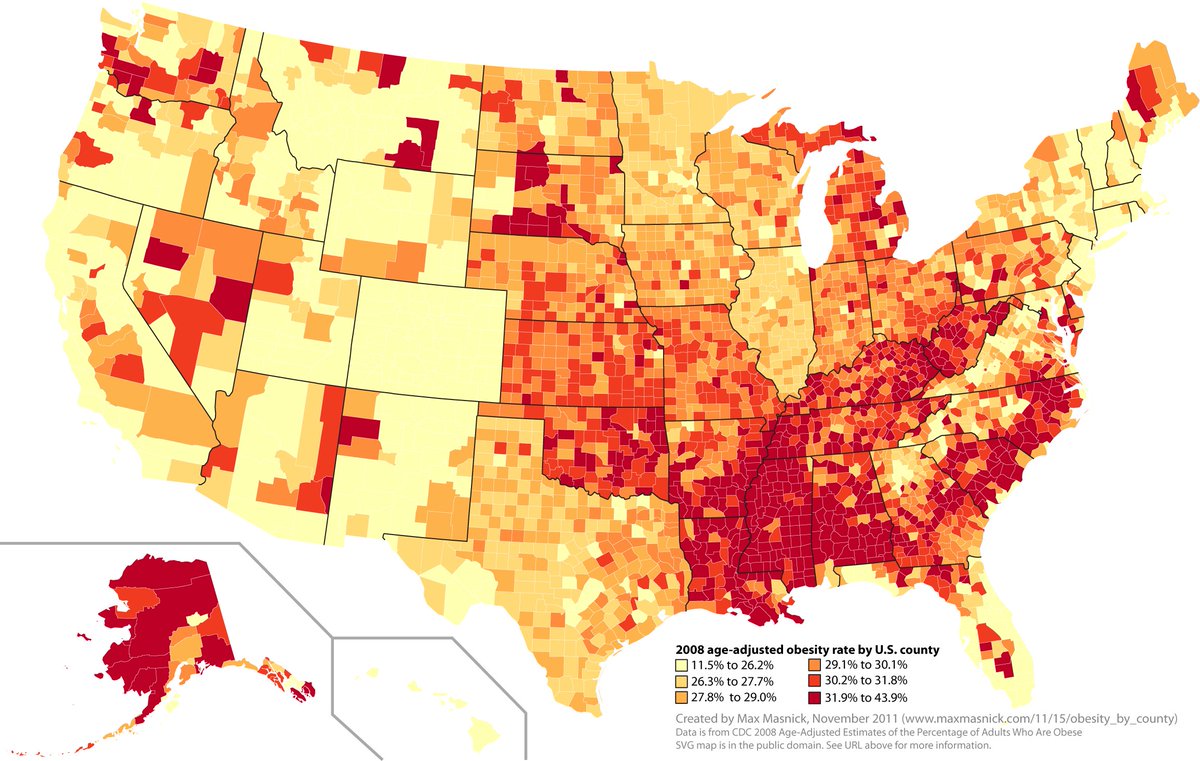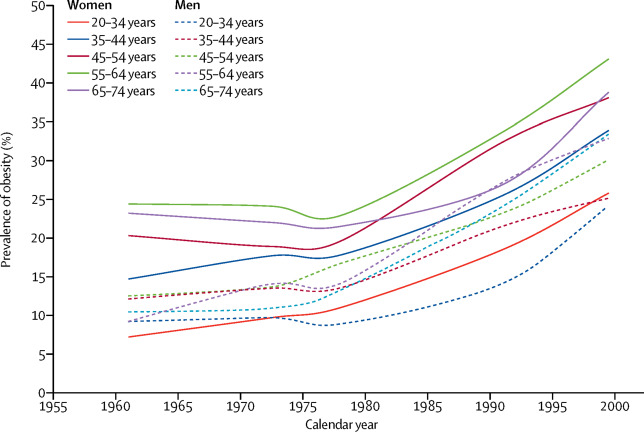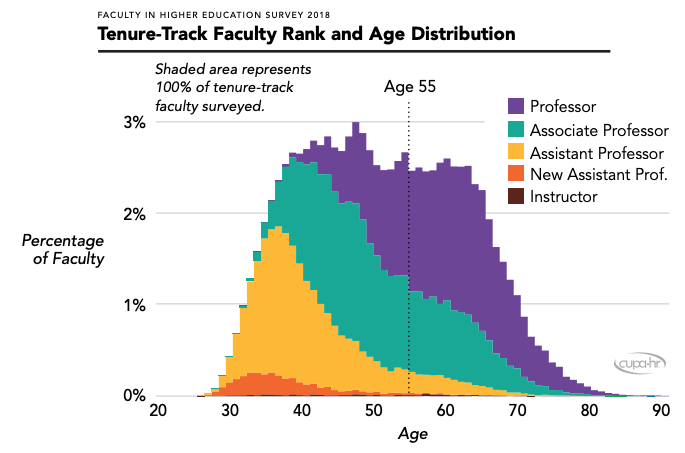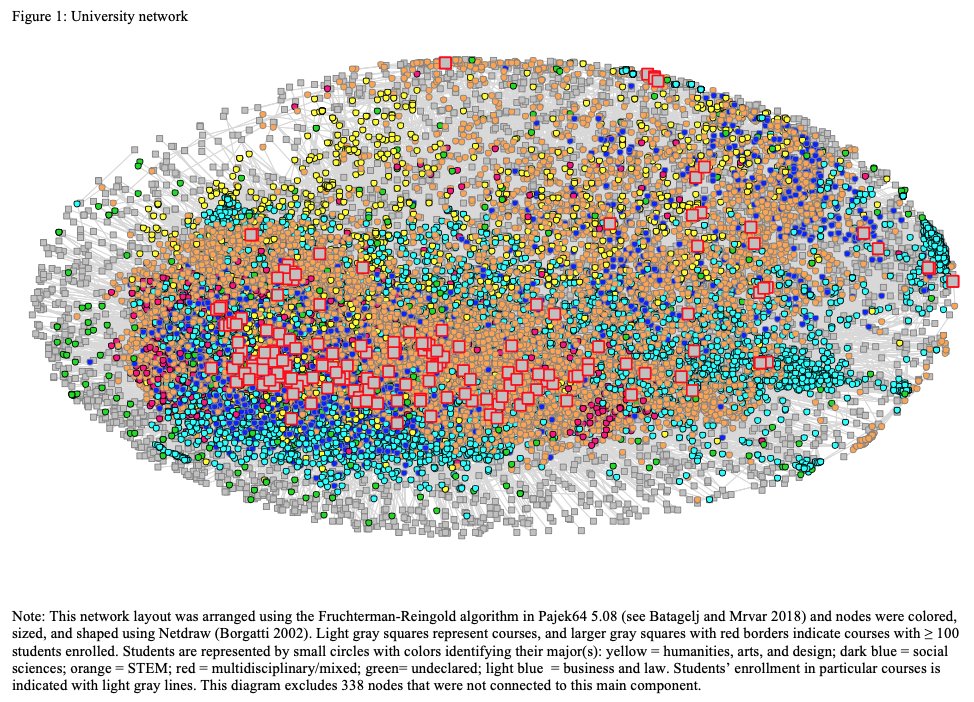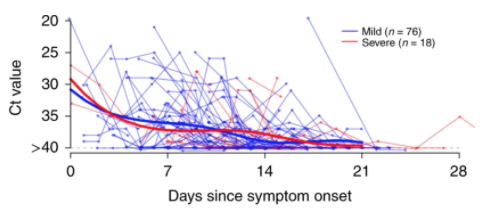
Some push back on the notion that NIH spent hundreds of billions of dollars on basic research and therefore owns mRNA vaccine technology and has “march in” rights to dictate the use of pricing of this technology @RESachs @Dereklowe
1/
1/
https://twitter.com/cmrherder/status/1337032693595463680
The fundamental contract underlying academic publication is that you publish your findings in return for recognition of priority, but once you have published others are free to use and build on your work. It’s practice established in the time of Newton and honored ever since
2/
2/
No question mRNA vaccines draw on much basic molecular biology and would not have be possible without the work of Avery, MacLeod, Hershey, Chase, Nirenberg, Jacob & Monod, Sanger, Mullis, and many others. These scientists have received many well justified accolades and honors
3/
3/
The same also applies to the discovery and characterization of coronaviruses. But a key point, biology itself cannot be patented and the patents on basic molecular biology have long ago expired
4/
en.wikipedia.org/wiki/Associati….
4/
en.wikipedia.org/wiki/Associati….
Who funded mRNA vaccine development? Moderna received multiple private funding rounds prior to Operation Warp Speed:
2012 $40M
2013 $24.6M DARPA
2014 $135M
2015 $ 446M
2016 $20M Gates Foundation
2016 $454M
2016 $8M BARDA
2018 $500M
2018 $125M
5/
craft.co/moderna-therap…
2012 $40M
2013 $24.6M DARPA
2014 $135M
2015 $ 446M
2016 $20M Gates Foundation
2016 $454M
2016 $8M BARDA
2018 $500M
2018 $125M
5/
craft.co/moderna-therap…
Similarly, BioNTech received multiple rounds of private funding prior to COVID-19:
2017 E$ 270M
2019 E$ 80M
2109 E$ 325M
2019 E$ 55M Gates Foundation
2019 E$ 50M
6/
crunchbase.com/organization/b…
2017 E$ 270M
2019 E$ 80M
2109 E$ 325M
2019 E$ 55M Gates Foundation
2019 E$ 50M
6/
crunchbase.com/organization/b…
Prior to COVID total government funding $33M, Gates Foundation $75M, private investors $2.4B. The grants and contracts through which Moderna and BioNTech received government funding include explicit commitments and deliverables which we assume have been and are being honored
7/
7/
DARPA deserves real credit for a substantial early investment, but the idea that government funding of mRNA therapeutics development has been so substantial that government should have a controlling interest in the technology is laughable
/8
/8
The NIH has supported work on mRNA vaccines, but only about $34M in funding over the past 5 years. This is a tiny fraction of the $2.4B private investors put into Moderna, BioNTech and more funding to numerous other companies
9/
projectreporter.nih.gov/reporter_searc…
9/
projectreporter.nih.gov/reporter_searc…
Are mRNA vaccines obvious? Moderna as 327 US patents on RNA therapeutics (patents.google.com/?assignee=mode…) and BioNTech has 61 (patents.google.com/?assignee=Bion…). Evidently the USPTO feels that these companies have made numerous discoveries that are novel, nonobvious and useful
10/
10/
So let’s agree that the founders of molecular biology long ago received their accolades, applaud DARPA for foresight, recognize the private investors who really funded the development mRNA vaccine technology, and stop with the march in rights polemics
11/fin
11/fin
• • •
Missing some Tweet in this thread? You can try to
force a refresh

